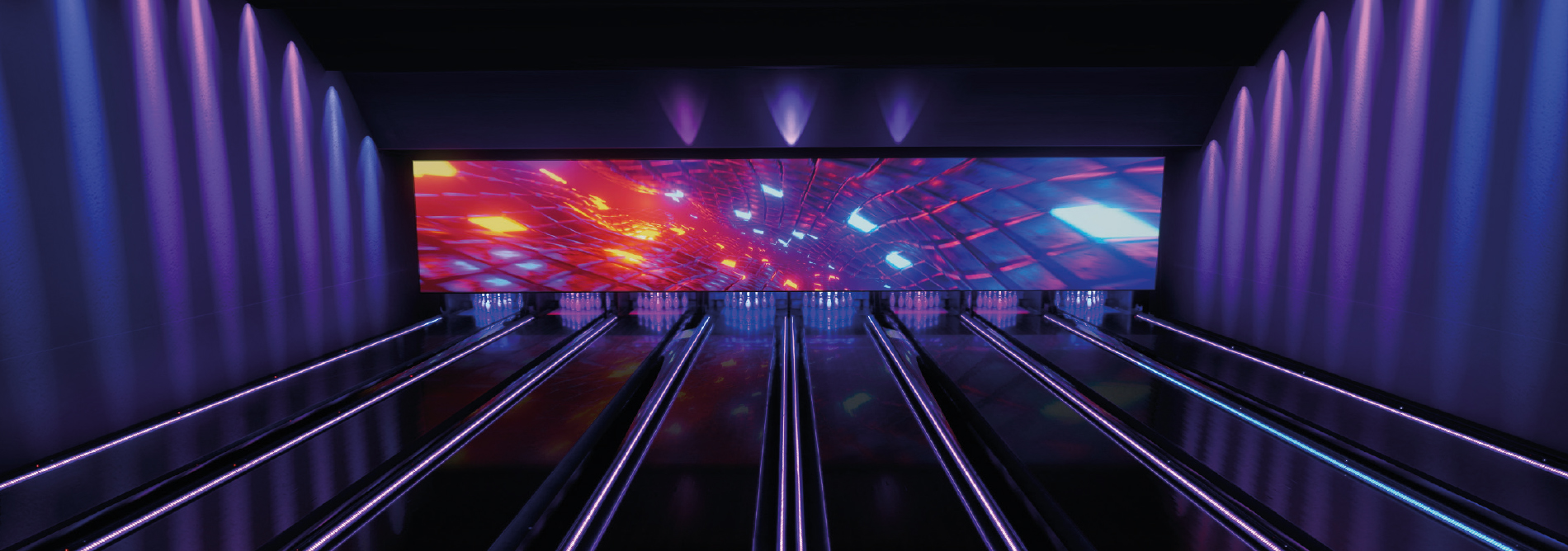Cutting-edge Strategies to Improving Untethered Connectivity Technologies for LED Panel Surfaces.
Wiki Article
Untethered connectivity solutions for Light Emitting Diode wall screens have transformed the way we utilize visual interfaces in diverse settings, such as live events, conferences, and promotional displays. These units, known for their vibrant colors and high resolution, rely heavily on strong wireless networks to function effectively. As digital infrastructure continues to advance, innovative approaches are being engineered to enhance these wireless frameworks. This discussion will explore some of the latest strategies aimed at boosting wireless integration for LED wall displays.

One significant approach to enhancing wireless communication is the use of advanced antenna technology. Antennas play a vital role in transmitting and capturing signals between components. By utilizing smart antennas, which can adjust their direction and focus based on the surroundings, manufacturers can significantly enhance signal strength and reliability. This adaptability helps minimize disruption from other electronic devices and barriers, leading to sharper video quality and more consistent connections for Light Emitting Diode wall panels.
Another forward-thinking approach entails utilizing mesh networking systems. Unlike traditional wireless configurations that depend on a single router, mesh networks consist of multiple connection points that work together to extend the internet connection over a larger area. This setup ensures that Light Emitting Diode wall screens receive a steady signal no matter their location. In spaces like arenas or large exhibition halls, where physical obstructions may interfere with signals, mesh networks provide a more robust solution by ensuring signal integrity even in high-traffic environments.
Moreover, integrating edge computing into wireless connectivity can boost efficiency for LED wall panels. Edge computing allows data processing to occur closer to the source of data generation rather than relying solely on centralized data centers. By processing data near the Luminescent Diode wall units, the architecture minimizes latency, resulting in quicker response times and more fluid video rendering. This innovation is especially advantageous for use cases useful reference that demand real-time responses or interactive functions, making presentations more immersive for audiences.
Finally, adopting new transmission standards can also enhance wireless network performance for Light Emitting Diode wall screens. Protocols such as 802.11ax and fifth-generation wireless offer greater bandwidth and faster data transfer rates compared to previous standards. These technologies allow multiple devices to connect simultaneously without sacrificing performance. As LED wall displays are often paired with other smart devices, integrating these modern protocols guarantees that all systems can interact seamlessly, leading to an significantly improved user interaction.
To summarize, the advancement of wireless connectivity technologies for LED wall panels is crucial as technology continues to advance. Through innovations visit the website such as intelligent antennas, mesh networking architectures, edge computing implementation, and new data transmission standards, producers can provide better performance and stability. These approaches not only improve the capabilities of Luminescent Diode wall units but also enhance the visual experiences they offer across various settings. As these advancements continue to progress, audiences can look forward to even more impressive visual presentations in the coming years.